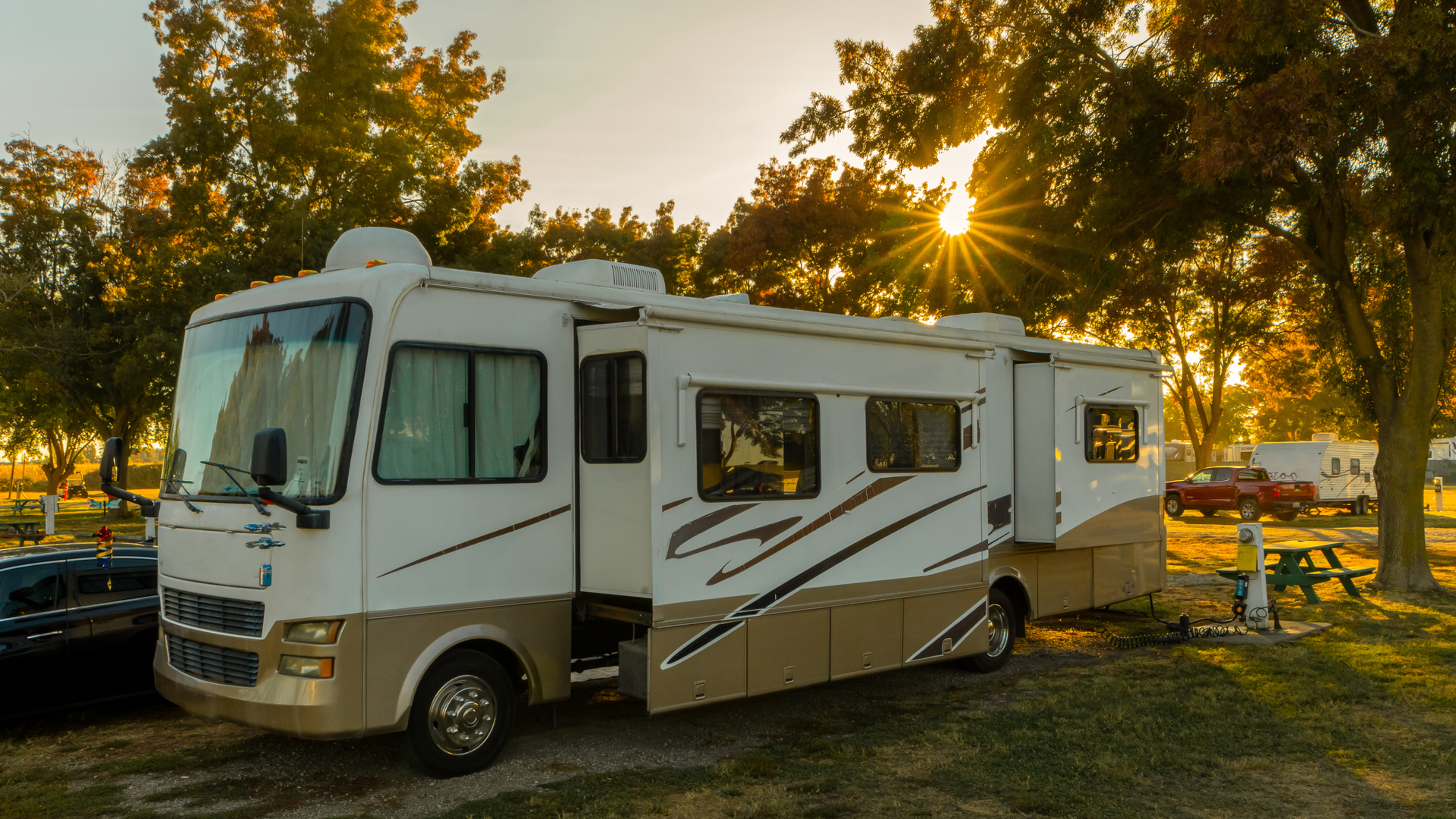Why Younger Crews Quit Over Housing (and What to Do)
If you ask superintendents why younger crews quit mid‑project, you’ll hear the same refrain: it’s the housing. Gen Z and younger millennial travelers have different expectations about privacy, routine, and well‑being. When those needs are ignored, retention erodes and schedules slip. Current data backs this up: Gen Z looks forward to work travel yet reports more stress from it than older cohorts, which means small frictions like roommate policies, long commutes, or unreliable Wi‑Fi can push a good hand to say “no thanks” to the next assignment. The fix is not complicated, but it is deliberate: align housing with how younger crews actually live, budget realistically, and remove avoidable pain points.
Why younger crews walk: privacy, predictability, and respect
Gen Z’s relationship with travel is nuanced. In 2025, American Express Global Business Travel and Ipsos found that 70% of Gen Z travelers look forward to business trips yet are more stressed by work travel than older generations. Their detailed report highlights higher stress, lower tolerance for friction, and a strong desire for support around travel logistics. At the same time, a generational snapshot from SAP Concur shows Gen Z is more likely to book a higher‑quality or premium room than older peers, a signal that quality, privacy, and recovery time matter. When those expectations collide with roommate policies or noisy, dated lodging, younger workers opt out of travel posts or move on to employers who invest in their rest.
The culture shift is visible in traveler behavior outside construction too. Blended “work‑plus‑life” trips surged, and a 2025 YouGov study for IHG’s Crowne Plaza found 74% of U.S. travelers would bring a plus‑one on a work trip, with Gen Z and millennials most enthusiastic. That matters because mixed signals about companions, guest policies, or “no visitors” rules create friction and resentment on the road. Setting clear, professional boundaries is smart policy, but pretending these expectations do not exist is a retention risk. Pair that with consistent connectivity and quiet sleep, since poor hotel Wi‑Fi and noise are well‑documented complaints in recent reviews and guest surveys, and you have a recipe for either loyalty or churn depending on your choices.
The money mismatch: per diem vs real lodging prices
Housing breakdowns often start with a math problem. For FY2025, the standard GSA lodging per diem is $110 for most U.S. counties, and GSA kept FY2026 rates at the same levels. Many private employers informally peg stipends to those numbers. The trouble is that real hotel prices run higher: U.S. average daily rate sat around $161.90 in July 2025, and industry outlooks expect ADR near $162 for 2025 overall. In other words, a typical room can exceed a “standard” stipend by about $50 per night before taxes and fees. When stipends lag reality, crews make up the difference by sharing rooms, driving farther for cheaper properties, or accepting sub‑par extended‑stay options that make sleep and recovery harder. That is not a savings strategy. It’s a turnover strategy.
On the ground, per diem conversations are exactly what you see in 2025 job boards and social threads. Nationwide listings often offer $100–$150 per diem, while some apprentices report seeing $80–$120 and wondering how to stretch it. Reddit threads from the last few months capture the mood: “$25–$50 per diem” for hotel jobs 90 minutes from the shop caused at least one worker to stop volunteering for travel; others in r/ConstructionManagers and r/work compare policies, note that companies peg to GSA, or ask if $120 is realistic in remote areas. In Facebook groups where travel trades swap opportunities, per diem offers and “housing provided” pitches dominate posts for 2025 projects, underscoring that housing economics is the deciding factor in whether people raise their hand for a travel job.
The hidden costs: fatigue, safety, and schedule risk
Younger or older, tired is tired. OSHA warns that extended and irregular hours drive fatigue and stress that impair safety. The agency’s guidance is clear: long shifts and disrupted sleep elevate risk on hazardous work. Clinical and occupational research lines up with that guidance. A meta‑analysis summarized by Concentra shows workers with sleep problems have a 1.62 times higher injury risk. Stretching commutes to find cheaper housing has its own toll. Studies across sectors link commuting stress to emotional exhaustion and lower well‑being, which shows up as more call‑outs, slower mornings, and preventable mistakes. In short, if housing arrangements make it hard to sleep and recover, your project pays for it in injuries, errors, and rework.
The macro data suggests turnover remains a live risk. AGC and NCCER’s 2025 workforce survey reports persistent difficulty finding qualified workers and project delays tied to shortages. Younger workers are an important part of that pipeline, which is why their travel experience matters. And while overall quits cooled in many sectors in August 2025, construction notched a month‑over‑month increase of about 56,000 quits, a reminder that crews will still walk when conditions are wrong. Vendors tracking HR costs estimate that construction turnover can run into mid‑six to low‑seven figures annually once you add overtime, backfill, schedule slip, and recruiting. Bad housing is rarely the only reason someone leaves, but it is often the easiest reason to avoid.
A playbook for construction staff housing that keeps Gen Z on the job
- Make privacy non‑negotiable. Private sleeping rooms are the greatest morale lever in travel work. They eliminate the “roommate problem,” reduce interpersonal friction, and acknowledge the reality that people recover on different schedules. Many crews on Reddit say sharing a room is a dealbreaker; treat that as free user research.
- Put crews within a 15–20 minute drive of the site. Longer commutes compound fatigue, raise risks, and waste paid time. If available inventory forces trade‑offs, move budget from add‑ons to proximity.
- Engineer quiet, connectivity, and groceries. Young travelers expect dependable Wi‑Fi for training, comms, and life admin. Noise and cleanliness issues are hot buttons in recent hotel reviews, which is why houses or apartments with kitchens and laundry often outperform mid‑grade hotels for multi‑month stays.
- Align stipends with market rates. If you use stipends, peg them to the destination’s actual hotel or apartment prices, not a national baseline. Publish a clear policy that spells out when the company books vs. when the employee books, what’s reimbursable, and how you handle taxes. Recent JOLTS and AGC data tells you the labor market still has options; clarity is a competitive advantage.
- Set travel policies that match how people really travel.
Decide how you handle plus‑ones and “bleisure” add‑ons. You do not need to underwrite personal travel, but you do need to be explicit about guest policies, safety, and conduct. With 74% of U.S. travelers saying they would bring a companion if allowed, ambiguity creates tension. Clear rules and manager training prevent rumor‑driven decisions on site.
- Build a predictable, all‑in monthly number. Younger workers value simplicity. Bundle rent, utilities, Wi‑Fi, periodic cleaning, and parking into one payment to reduce expense anxiety for crews and reconciliation headaches for the office. Market that predictability in recruiting. The signal you send is: “We planned for you to succeed here.”
Where our service fits when you need reliable construction staff housing
If you do not have the time or local market reach to build that playbook from scratch, this is exactly where our team helps. We source home‑like, turnkey housing near the site, prioritize private bedrooms, include kitchens and laundry, and package utilities and Wi‑Fi into an all‑inclusive, single monthly invoice. Most teams see 25–35% savings compared with comparable hotel stays, and, more importantly, fewer housing‑related call‑outs. Because we place crews close to the job, we reduce commute creep and the fatigue that comes with it, which in turn supports safety and schedule. We designed the process around how field operations actually work: a short intake, options calibrated to your budget and crew size, flexible terms for overruns, and on‑call support if something changes mid‑stay.
Younger crews are not leaving because they are “soft.” They are leaving because travel assignments often ignore the basics that make travel sustainable: sleep, privacy, predictable costs, clear rules, and a short drive to the site. The data paints a practical picture. Gen Z expects quality and support when they travel for work. Industry rates outpace generic per diems, which tempts teams into room sharing or long commutes that drive fatigue and mistakes. And the labor market, while cooler than 2022, still gives experienced hands options. If you build a housing playbook that centers on private rooms, proximity, connectivity, and a single, all‑in monthly number, you will see fewer drop‑offs, steadier mornings, and better schedule performance. That is the core of modern construction staff housing, and it is well within reach.
Need construction staff housing that keeps younger talent on the job?
Contact us to spec private rooms near your site, one invoice, and savings vs hotels.













